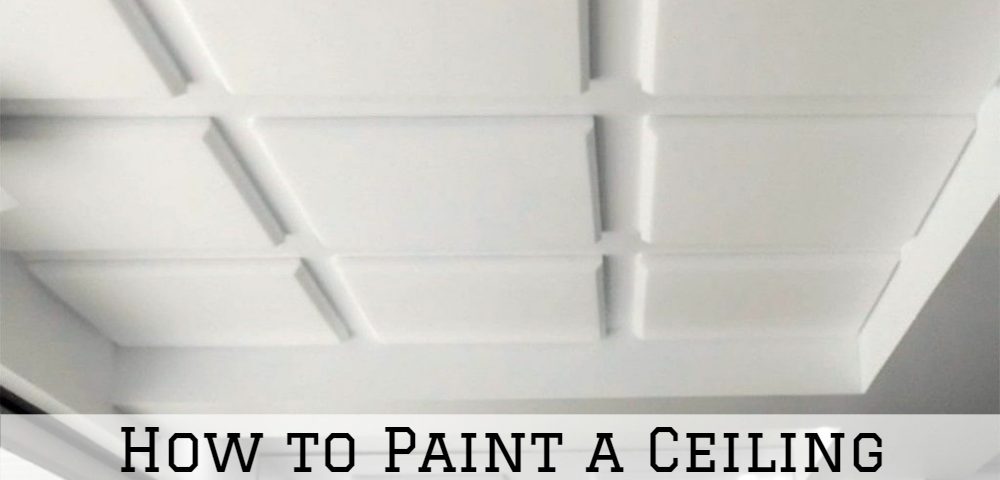
Before Hiring a Painter, Ask These 7 Questions
April 10, 2019
When Repainting Your Kitchen Cabinets, Avoid these five Mistakes
May 10, 2019If painting your ceiling sounds intimidating, you’re not alone. Quite frankly, most painters, amateur, professional, and otherwise, are not necessarily fond of this somewhat messy and uniquely awkward job. Generally, painting over your head can be extremely strenuous.
Now, covering your ceiling with paint is one thing and professionally painting your ceiling without getting paint on your wall or splattering is another thing. It’s even more difficult if you’re only painting your ceiling and not the walls, because splatters and drips on the wall might easily mean having to repaint your walls as well.
In this article today, we will share quick tips on how you can successfully paint your ceiling without paint drips and splatters getting on the walls.
Here we go:
Buy Special Ceiling Paint
There’re paints specifically formulated for painting ceilings, and you will generally get the best results with these kinds of products. When painting the ceiling, you want paint that doesn’t splatter and dries slowly. Additionally, instead of glossy finishes, consider a flat or matte sheen. Flat sheens are great at hiding minor imperfections and do not have an overbearing shine.
The choice of paint color will entirely depend on your preferences. But you probably won’t go wrong with the classic white because it’s considered a “safe” choice for most spaces.
Stick with a Roller
Sure, you can paint your ceiling faster using a paint sprayer, but by the time you will have the entire ceiling fully painted, pretty much everything else will be covered in paint –this includes you, the walls and every other item in the room. Painting a ceiling with a roller will give you the best coverage without splatters and will also save you from straining. Of course, you will need a paint brush every now and then –like when cutting in and covering tight spaces.
Remove Everything from the Room
As you can imagine, painting the ceiling can be quite a messy job. Remove everything that can be removed from the room –this includes wall hangings, furniture, decorations, appliances, the carpet, and so on. Anything that cannot be removed such as the inbuilt cabinets and appliances should be fully covered using drop cloths to prevent paint from dripping on them.
Don’t Ignore the Painters’ Tape
While some professionals can successfully paint a straight line between the ceiling and the walls without a painter’s tape, it’s usually a calculated risk and you can always tell the difference. If you really want that straight light at the edge of your ceiling, consider using a painter’s tape. Lay the tape flat against the wall, right where the wall meets the ceiling. Apply the tape in 2-3-foot strips for ease of handling.
Cut-in onto the Ceiling.
This is not a mandatory step; some experienced painting professionals skip it in favor of saving time. However, if you’re new to this, you don’t want to bypass this helpful trick. Cutting in essentially involves using a paintbrush to paint a strip of about one foot in width along the edges of the ceiling. Doing this will help you avoid smashing the roller on the edges and in corners because it builds up excess paint in the corner and can leave a thick paint line on the ceiling. After cutting in, you can go ahead and apply the paint using a roller on the rest of the remaining ceiling surface.
Bottom Line
Painting the ceiling can be a tedious process, but following the above tips will make the project less of a hassle. However, if you don’t have the painting skills, experience, and tools, painting your ceiling is definitely not your best first trial project.
Hiring a professional painting contractor such as Serious Business Painting Company can save you the hassle and money, and provide clean, durable and beautiful results. We are currently serving the areas of Louisville, Shelby County, Oldham County, Anchorage, Prospect, and Jefferson Town, Kentucky. Book a free estimate below or give us a call today for more information.





